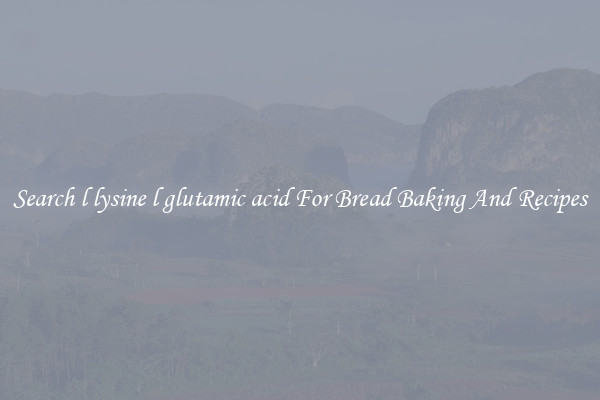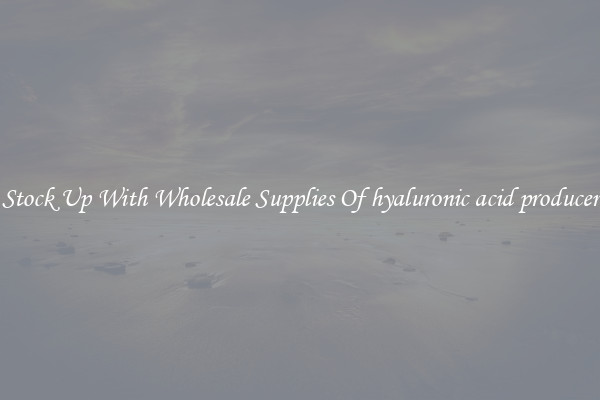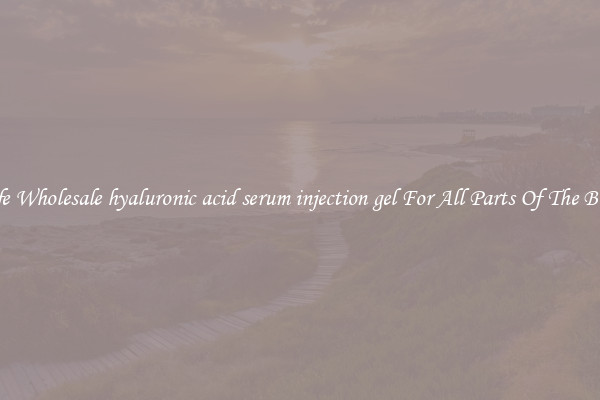Search l lysine l glutamic acid For Bread Baking And Recipes
Lysine and glutamic acid are two important amino acids that have become popular in the world of bread baking and recipe development. These amino acids are not only beneficial for our overall health, but they also play a crucial role in enhancing the texture and flavor of baked goods.

Lysine is an essential amino acid that plays a vital role in protein synthesis and the growth and development of our bodies. It is necessary for maintaining and repairing our tissues, producing enzymes and hormones, and supporting a healthy immune system. Since our bodies cannot produce lysine naturally, it is essential to obtain it from external sources like food and supplements.
On the other hand, glutamic acid is a non-essential amino acid that is naturally present in many foods, including grains, dairy products, and meat. It is involved in various physiological processes like brain function, metabolism, and the synthesis of proteins and antioxidants. Glutamic acid is also responsible for the savory flavor known as umami, which is often associated with fermented foods or broths.
When it comes to bread baking, adding lysine and glutamic acid to the dough can have several benefits. Both amino acids contribute to the development of gluten, a network of proteins that give bread its structure and elasticity. The addition of lysine and glutamic acid can improve the strength and elasticity of the gluten, resulting in a more desirable bread texture.
Furthermore, lysine and glutamic acid can enhance the flavor of bread. Glutamic acid, in particular, is known for its ability to increase the savory and aromatic notes of baked goods. Adding these amino acids to your bread recipes can elevate the taste profile, making each bite more enjoyable.
There are various ways to incorporate lysine and glutamic acid into your bread baking and recipes. One simple option is to use whole grains as a base for your bread. Whole grains, such as wheat, contain higher levels of lysine and glutamic acid compared to refined grains, making them a healthier and tastier choice. Additionally, you can consider using ingredients like nutritional yeast or soy sauce, which are rich in glutamic acid, to add depth and umami flavor to your creations.
It is worth mentioning that while incorporating lysine and glutamic acid into your bread baking can be beneficial, it is essential to maintain a balanced diet overall. These amino acids should be seen as an addition to an already healthy and varied eating regimen.
In conclusion, the addition of lysine and glutamic acid to your bread baking and recipes can have numerous benefits. Not only do they contribute to a better texture and flavor, but they also provide important health benefits. So, why not experiment with different ingredients and levels of these amino acids in your next bread baking adventure to explore the unique flavors and textures they can offer?

View details

View details

View details

View details








